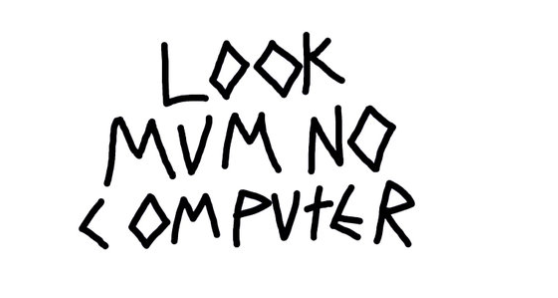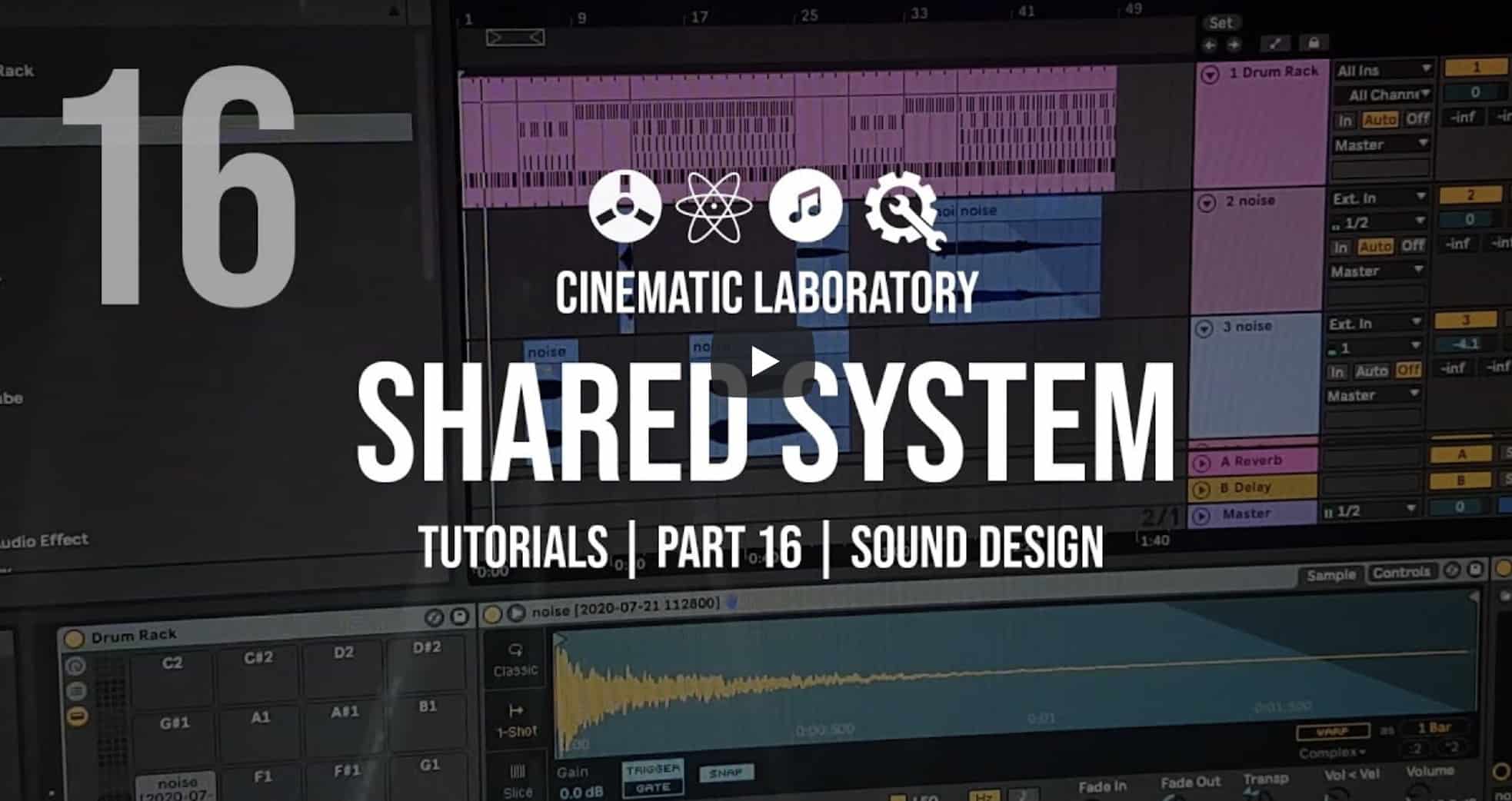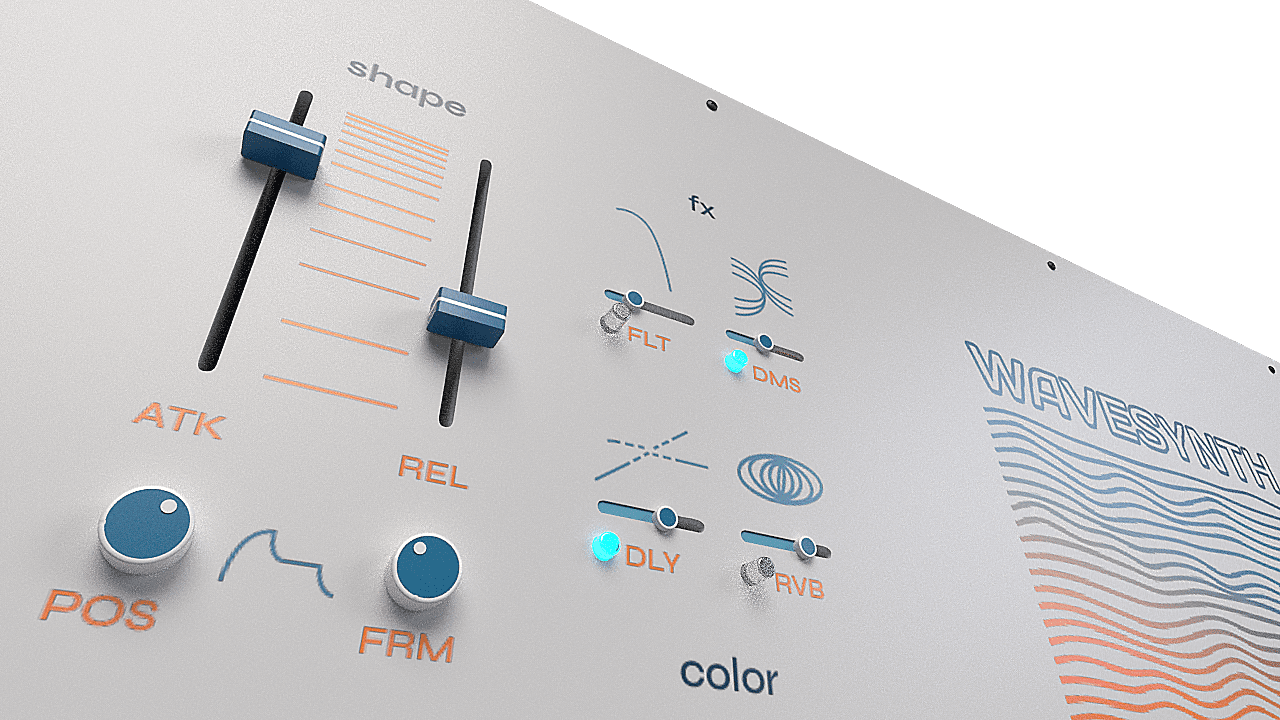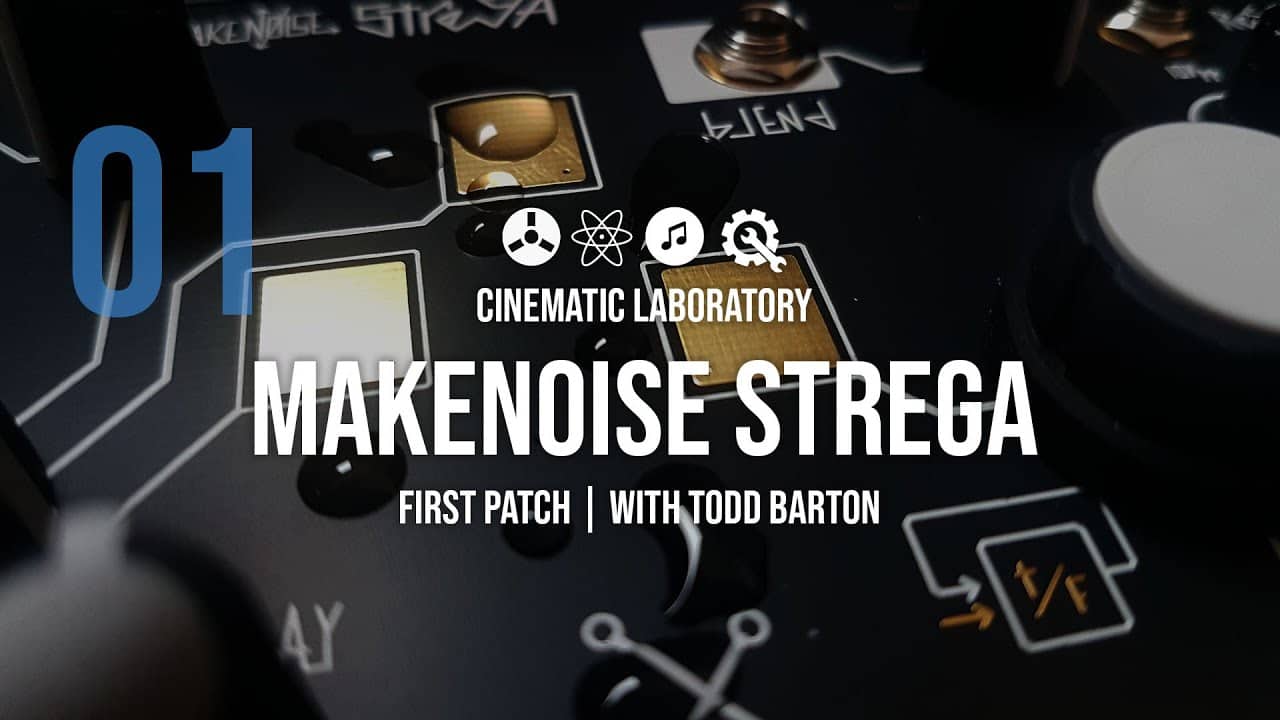Hello everyone. We’ve been on a Budhist retreat in a cave on the dark side of the Moon for the last two years and literally just returned to Earth today. Did we miss anything whilst we were gone? Anything exciting happen?
Signal Sounds Roundup May 2022
Now that we’re back, fully enlightened and settled in again we’ll endevour to make these mails more regular, keeping it short and sweet and hopefully giving you the best new synths and modules and a few interesting titbits we’ve seen on our travels over the internetz.
Superbooth

Superbooth is the primary source of excitement in the modular and synth world at the moment, taking place in Berlin on Thursday 12th May through to Saturday. Both myself and Aleks will be bothering every one of the 100+ companies exhibiting there to get the lowdown on what new delights they have for us. We’ll do a round up afterwards but the best place to see regular updates would be on our Instagram page.
Ben DivKid

Ben DivKid continued his mission to bring interesting and affordable modules to the world, His last was with Stead State Fate (the wildly successful RNDStep) and this time around he returns to his first partners, Befacco, to bring us the Stereo Strip.
It’s outrageously good value given that some companies charge more than £200 just for an Audio In and Out module – this one offers that feature (Eurorack or standard Line level, separately selectable for both in and out) PLUS a very high quality Stereo panner and EQ circuit. It’s very funky and not very chunky given that it’s only 6hp. The usual high quality video from Ben (above) is here if you need more convincing.
Look Mum No Computer

Look Mum No Computer has been a big figure on YouTube for a long time now and has a repuation for unusual large format 5U modular synths but has now taken those designs and succesfully transplanted them into Eurorack format. The first (of many) module is an all analogue Oscialltor with built in visual Tuner (something rarely seen and since the demise of TipTop’s Z3000…almost impossible to find) and other performance oriented features like Octave Switches. Almost sold out already, move quick if you need to get one.
Non Eurorack Stuff

Non Eurorack Stuff – still lots of interesting stuff happening outside of your rack, look out for some really, really good stuff from Polyend, Moog and Korg in particular and of course the new Dave Smith/Oberheim release, the OB-B8 which we’ll be elbowing people out of the way to get a shot of at the show.

Signal Sounds Shop – if you’ve communicated with us over email in the last year you’ll have heard us moan about how long it’s taken to get the new place fully up and running after out move, however…..we have some final touches being applied to the showroom next week and after that we’ll be in a much better place to make a really inviting and comfortable place to enjoy synths and geek out in. There’s all the Eurorack you can eat plus a cross section of vintage synths, drum machines, mixers and effects to mess with. And a Beer Fridge.
New and Updated Stock
Just a few bits that are in stock now that are worth mentioning

- Tendrils Mutants MK2 – newly designed 3.5mm to 1/4″ Jack cables from Tendrils in their usual array of tasty colours
- AJH Synth – Multii Burst. The fist batch of these sold out on teh first day, second batch are coming on Friday, don’t miss out on this new take on the Burst Genarator concept with adjustable attack and decay slopes for each pulse in the Burst group.
- Random Source – Serge APNC has you covered for crossfading between complex audio and CV signals AND a Noise Source (Pink and White) too.
- Cre8 Audio – Function Junction. Cre8 have hooked up with Pittsburgh Modular and have some very exciting releases planned over the next few weeks. Check out this very affordable and clever modulation source module for starters. And wait until you see what else they have coming….it’s pretty damn fine.
- Ziqal – Dimension Wavetable Processor. A really interesting new Wavetable Oscillator with some unique features (24 note polyphony and full Unison mode for starters), it was highly successful on Kickstarter and now gets a more general release for the rest of latecomers.
- Acid Rain Technology – Constellation. With a similar approach to Torso’s T-1 Euclidean Sequencer generator, this new module from Acid Rain has 8 channels of subtly interacting tracks giving endlessly interesting and unique pattern generation.
This little lot have show up over the last week or two:

- Massive Tendrils restock, Right Angled and Straight
- Malekko sent us a nice selection of Varigate and the Quad series (criminally under-appreciated modules in our humble opinion)
- UDO Synths – the Super 6 Desktop and Keyboard synths are back in both colours
- Korg – ARP 2600 Anyone? Comes in a very cool suitcase with a Keystep style keyboard controller.
- MiniKorg 700? Also comes in a ridiculously lavish case, this thing is a work of art.
- Dreadbox – Desktop Polyphonic Analogue for just over £350? Yes please.
- Michigan Synth Works have sent us….the works!
- ALM made us Workout by unpacking a huge box of Pam’s, Squid and all their patch cables amongst other highly sought after bits
- ADDAC also sent us a hefty big box of modules, we’ve got pretty much everything in stock at the moment.










